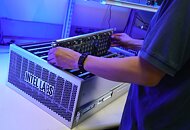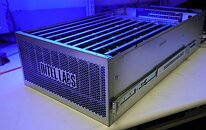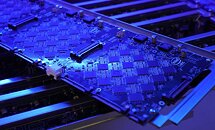SpiNNcloud Systems Announces First Commercially Available Neuromorphic Supercomputer
Today, in advance of ISC High Performance 2024, SpiNNcloud Systems announced the commercial availability of its SpiNNaker2 platform, a supercomputer-level hybrid AI high-performance computer system based on principles of the human brain. Pioneered by Steve Furber, designer of the original ARM and SpiNNaker1 architectures, the SpiNNaker2 supercomputing platform uses a large number of low-power processors for efficiently computing AI and other workloads.
First-generation SpiNNaker1 architecture is currently used in dozens of research groups across 23 countries worldwide. Sandia National Laboratories, Technical University of München and Universität Göttingen are among the first customers placing orders for SpiNNaker2, which was developed around commercialized IP invented in the Human Brain Project, a billion-euro research project funded by the European Union to design intelligent, efficient artificial systems.
First-generation SpiNNaker1 architecture is currently used in dozens of research groups across 23 countries worldwide. Sandia National Laboratories, Technical University of München and Universität Göttingen are among the first customers placing orders for SpiNNaker2, which was developed around commercialized IP invented in the Human Brain Project, a billion-euro research project funded by the European Union to design intelligent, efficient artificial systems.
















